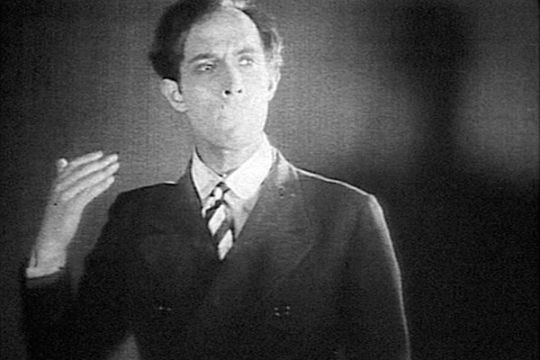Un Chien Andalou

Synopsis
Luis Buñuel‘s legendary first film, Un Chien Andalou written with Salvador Dalí, created a scandal at its premiere and its startling eye-slicing opening sequence has continued to shock viewers ever since. Despite Buñuel and Dalí’s energetic rejections of any rational meaning in the film, Un Chien Andalou is an exploration of desire and the obstacles in the path of instinctual passion, equally indebted to Surrealism and Freud.
Context
The years between 1900 and 1945 were very difficult for humanity. In this period, not only were there two world wars to survive but also, some of the worst parts of the social, economic, and environmental challenges of sustainable development all began to make themselves felt. The idea of ‘development’, especially for the developing world, also evolved in this period.


The most famous of images from Un Chien Andalou, Buñuel’s slicing the Woman’s eyeball in the first scene can be understood as a symbol of spectatorship, and its close association (from Buñuel’s perspective) with violence.

Ants symbolize death, decay, and the potential for destruction. Dalí repeatedly used ants in his work after seeing them eat the remains of small animals when he was young. Ants also symbolize a collective, a team working together.
This could symbolise Dali’s perspective on the exploitation of workers at the time, and where the ants crawl out and rebel, the idea of rebellion against the upper class or the controllers.


The rotting Donkeys in this scene is a reference to the popular children’s novel ‘Platero y yo’ by Juan Ramón Jiménez, which Buñuel and Dalí hated.
After the war, artists had a newfound sense of freedom in their expression of Art, the artists were now responding to Froyd’s concepts and ideas. The theme of rebellion in surrealism art is evident as young men in the early 20th century were stripped of any freedom or choice as they had no choice but to fight and be in enlisted in war.
